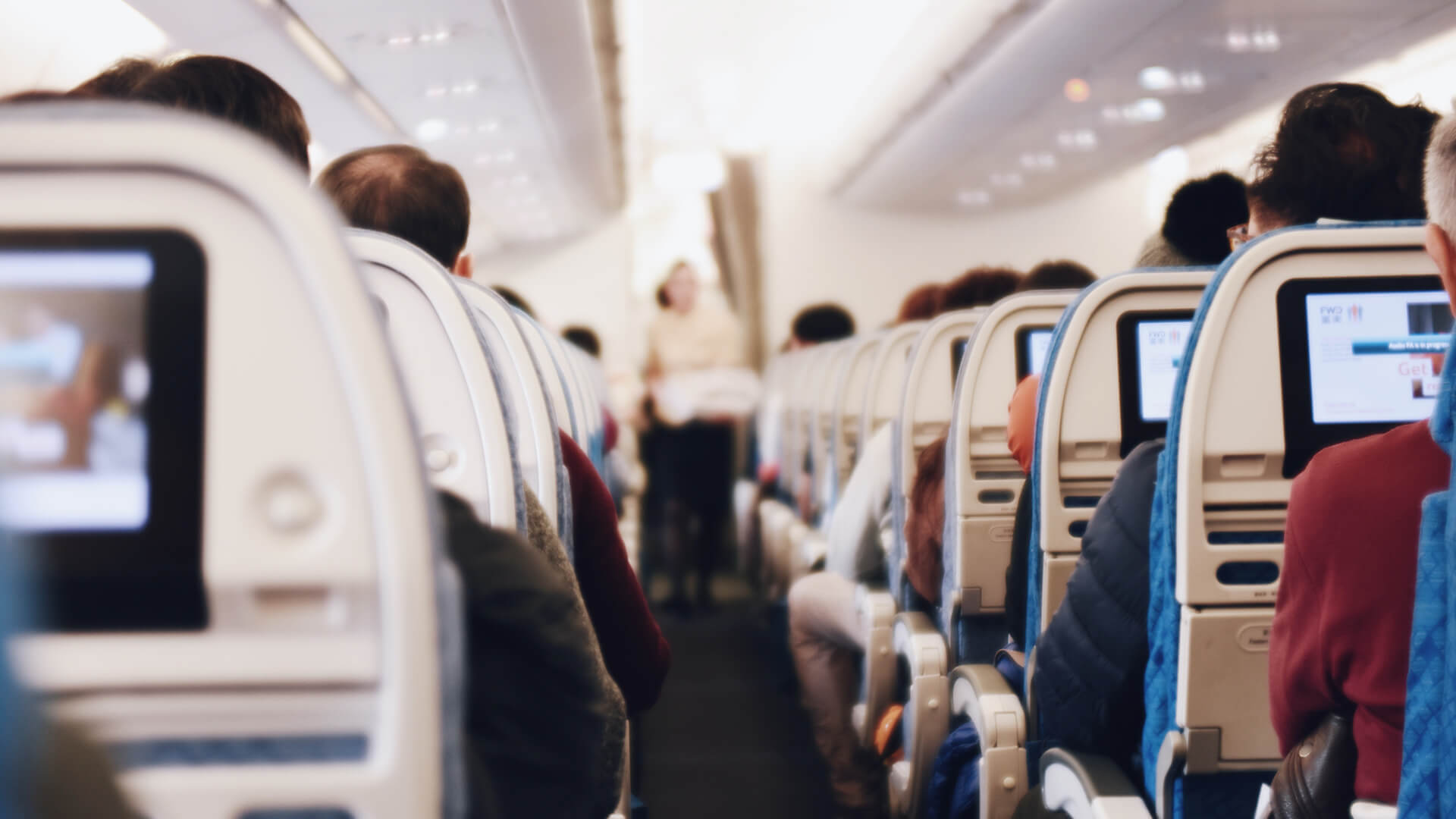
From Gateways to Sentinels: How Airports Can Use Detection to Control Infection
Originally produced for the Innovation Economy Council (IEC). The IEC is now the The Conference Board of Canada’s Canadian Centre for the Innovation Economy (CCIE).
Read the detailed report here.
Airports are hubs for human travel—backdrops for farewells, reunions, tourism and trade. Yet as COVID-19 showed so starkly, humans are not the only ones in transit at the world’s airports. After the novel coronavirus emerged in Wuhan, China, in December of 2019, it crisscrossed the globe to reach 29 countries, including Canada, in less than eight weeks.
For the next two and a half years, well-meaning policymakers raced to turn airports into virus filters on the fly, imposing travel restrictions, closures, quarantines and testing regimens in a bid to keep the threat from entering. But their efforts proved futile. National frontiers make lousy filters; they’re simply too porous to keep out an evolving virus and it spread widely through the country all the same.
Today, the new consensus is that the border battle against COVID must also evolve. Instead of chasing costly, intrusive and largely ineffective measures to identify infected passengers, there is growing support to develop smarter ways to monitor and counter the prevalence of COVID and other dangerous pathogens arriving in Canada. Given the sheer breadth of humanity that lands at their gates each day, our airports represent unparalleled data sources, ones with the capacity to inform public health policy in timely and meaningful ways.
Crisis tends to accelerate innovation, and in Canada, groundbreaking work has already begun to capitalize on the potential of airports to be both novel information nodes and ideal places for evaluating new ideas and technology. At Toronto Pearson Airport, for example, an early-warning artificial intelligence system to predict the next outbreak is now up and running, along with wastewater testing projects that combine the latest genome-sequencing technology with old-fashioned sewage sampling. Research into other non-invasive approaches to infection control is also under way. Meanwhile, companies are emerging that see airports as testing grounds for innovations ranging from bio-surveillance devices to air-filtration methods to healthier building designs.
Among the challenges ahead is the need to create robust networks to help airports everywhere collect and share data as quickly and nimbly as possible, given how quickly contagion travels. Also needed are the will and ability to keep evolving, ensuring that strategies and goals align as circumstances change.
These efforts have enormous potential to bolster public health initiatives and enable airports to become valuable sources of infectious disease information, making them no longer just gateways, but sentinels.
63 days
Wastewater signals preceded confirmed COVID-19 cases by as much as 63 days in 34 countries, according to a recent study by the National University of Singapore.
24 of 37 flights
An aircraft wastewater study of 37 long-haul flights chartered to repatriate Australians found that 24 of them arrived with COVID-19 on board, despite all passengers 5 and older testing negative 48 hours before the flight.
400+ tech proposals
In the pandemic’s first days, Canada’s Digital Supercluster requested help from start-ups to combat COVID-19. Within four weeks, that request generated more than 400 qualified innovative proposals.
Contributions
Author: Carolyn Abraham
Editor: Guy Nicholson
Data and analytics: Nigel Biggar, Sana Maqbool
Research associate: Heather O’Brien





Comments